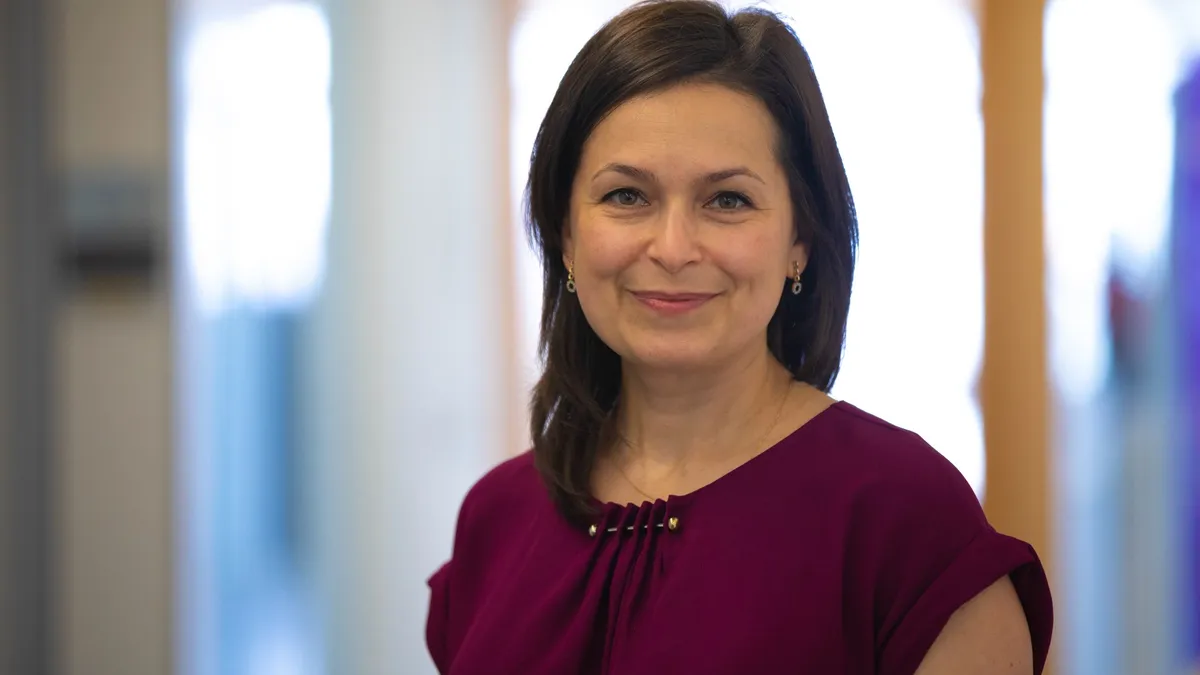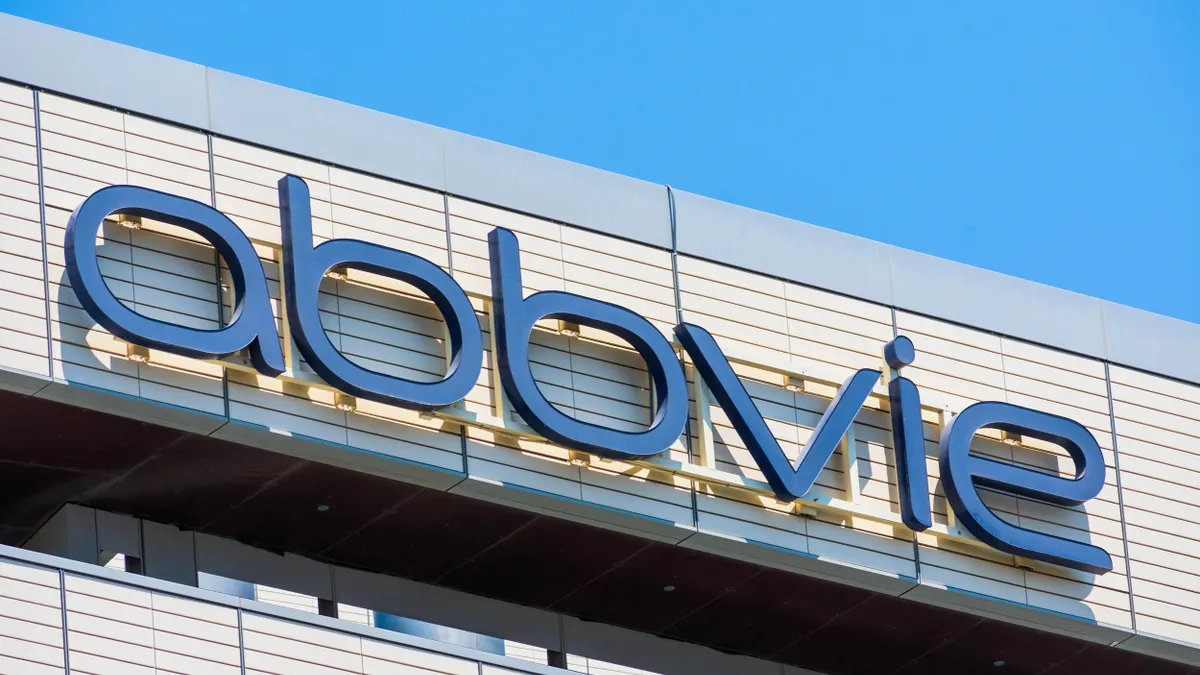One year ago, EMD Serono — Germany-based Merck KGaA’s U.S. healthcare business — set a goal to double R&D productivity in oncology, neurology and immunology, aiming to launch a new product or in a new indication about every one-and-a-half years.
Achieving that goal would require the company to shift its strategy from developing only drugs in its own internal pipeline to also incorporating external innovation through partnerships.
“We want to tap into it … to make it part of our model to bring the external innovation equally competing with our internal innovation and see which drugs have more value or potential promise for patients,” said Dr. Victoria Zazulina, global head of oncology development.
Earlier this year, the company also downsized its U.S. research team, eliminating 133 jobs at its research and development site in Billerica, Mass. It told The Boston Globe that the layoffs were part of its overall R&D strategy.
Now, Zazulina said the company wants to “double down” on external innovation, and is looking to add additional assets that complement the internal pipeline and play to existing strengths.

“What the in-licensing opportunity gives us within our core areas is also an acceleration of our ability to impact particular diseases,” said Paul Lyne, global head of oncology research. “It gives us a chance to pull in the assets that are at a more evolved or developed stage in the value chain, which has the benefit of increasing our footprint in those core areas.”
Making the pieces fit
EMD Serono’s work in oncology offers a glimpse of this plan in action.
For instance, the company recently announced a collaboration with the China-based Jiangsu Hengrui Pharmaceuticals to develop, manufacture and commercialize HRS-1167, a PARP1 trapping inhibitor. That aligns with the company’s existing work in developing DNA damage response (DDR) inhibitors, including two compounds for solid tumors that are both in phase 1b trials: tuvusertib, an ATR inhibitor, and M4076, an ATM inhibitor.
“We’re not a giant who is going to just swallow it and put it in a huge pipeline of equal possibilities. We can make it much more tailor-made on our level and scale it up with a partner.”

Dr. Victoria Zazulina
Global head, oncology development, EMD Serono
“We are very focused on our DNA damage response pipeline, and we want to really make sure we are working with the best companies and the best partners to make a difference and to make an impact with this mode of action,” Zazulina said.
Another example is EMD Serono’s research collaboration with Cambridge, Mass.-based Mersana Therapeutics to discover novel antibody-drug conjugates, which includes an option to develop, manufacture and commercialize the ADC SHR-A1904C. Meanwhile, the company already has its own ADC in clinical development, M9140, which is in an ongoing phase 1a/b study in patients with metastatic colorectal cancer.
EMD Serono’s most advanced oncology asset is the inhibitor of apoptosis protein (IAP) inhibitor Xevinapant, which is being studied in two international, randomized, double-blind, placebo-controlled phase 3 trials. In 2021, the company entered into an in-licensing agreement with Switzerland-based Debiopharm to develop and commercialize Xevinapant.
In addition, Lyne said they have additional ADC assets that are poised to come into the clinic within the next 18 months, with the potential that “each will be a first-in-class opportunity.”
Where the company sees promise in oncology
Now, EMD Serono is focusing on certain tumor types (head and neck, urothelial and colorectal cancers) and three lead modes of action: antibody-drug conjugates, DNA damage response inhibitors, and agents that enhance natural cancer cell death mechanisms, or apoptosis. Its internal pipeline and external partnering reflects each of these.
“They can synergize between themselves,” Zazulina said. “We can combine these three pillars, and that’s exactly the direction of our thought.”
Zazulina and Lyne said that from the partnering companies’ perspective, EMD Serono offers expertise and a strong reputation, allowing companies to put their drugs “in the hands of a company that knows what to do.”
“When you accumulate experience in certain areas, then obviously your partnerships in those areas are more likely and you could be a preferred partner,” Zazulina said.
She added that the company’s size is also a benefit when it comes to developing a drug with an external partner.
“We’re not a giant who is going to just swallow it and put it in a huge pipeline of equal possibilities,” Zazulina said. “We can make it much more tailor-made on our level and scale it up with a partner.”















